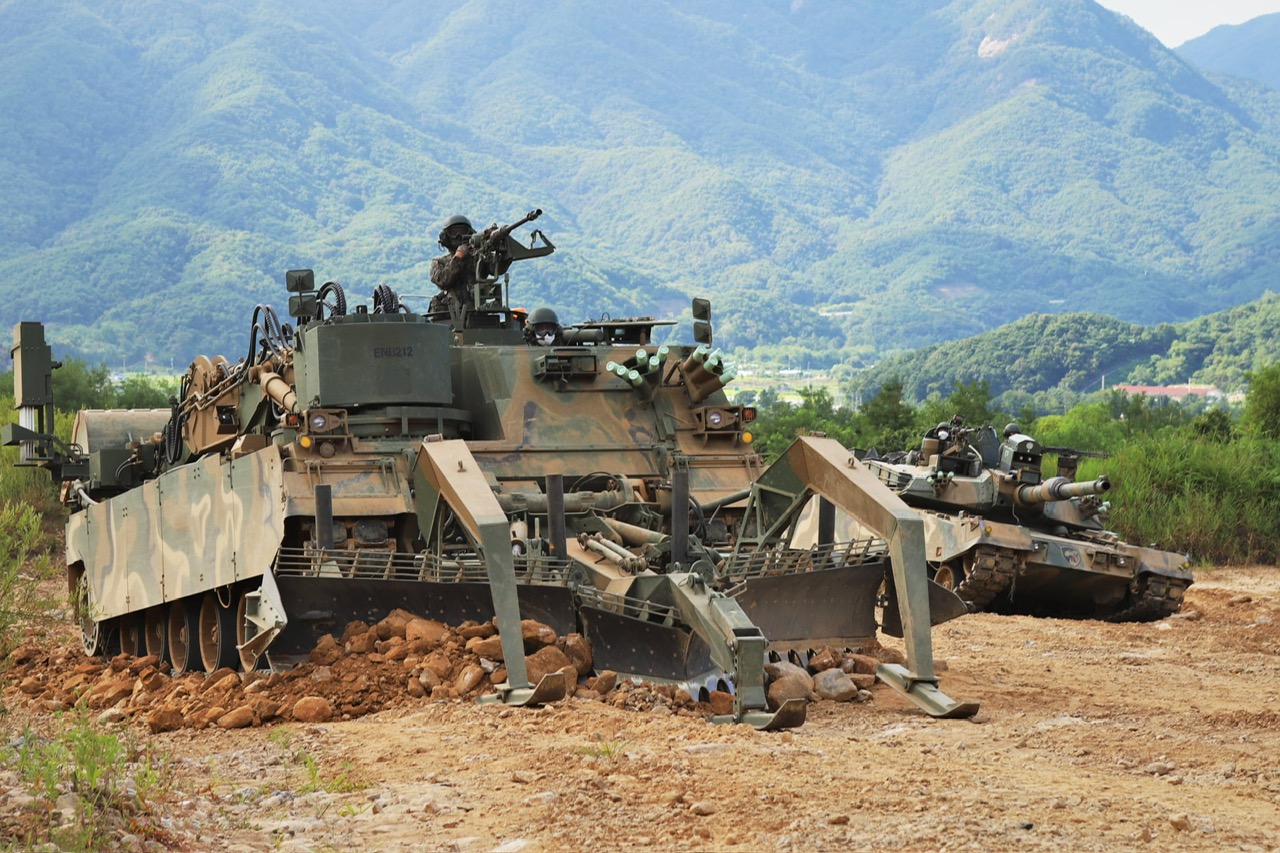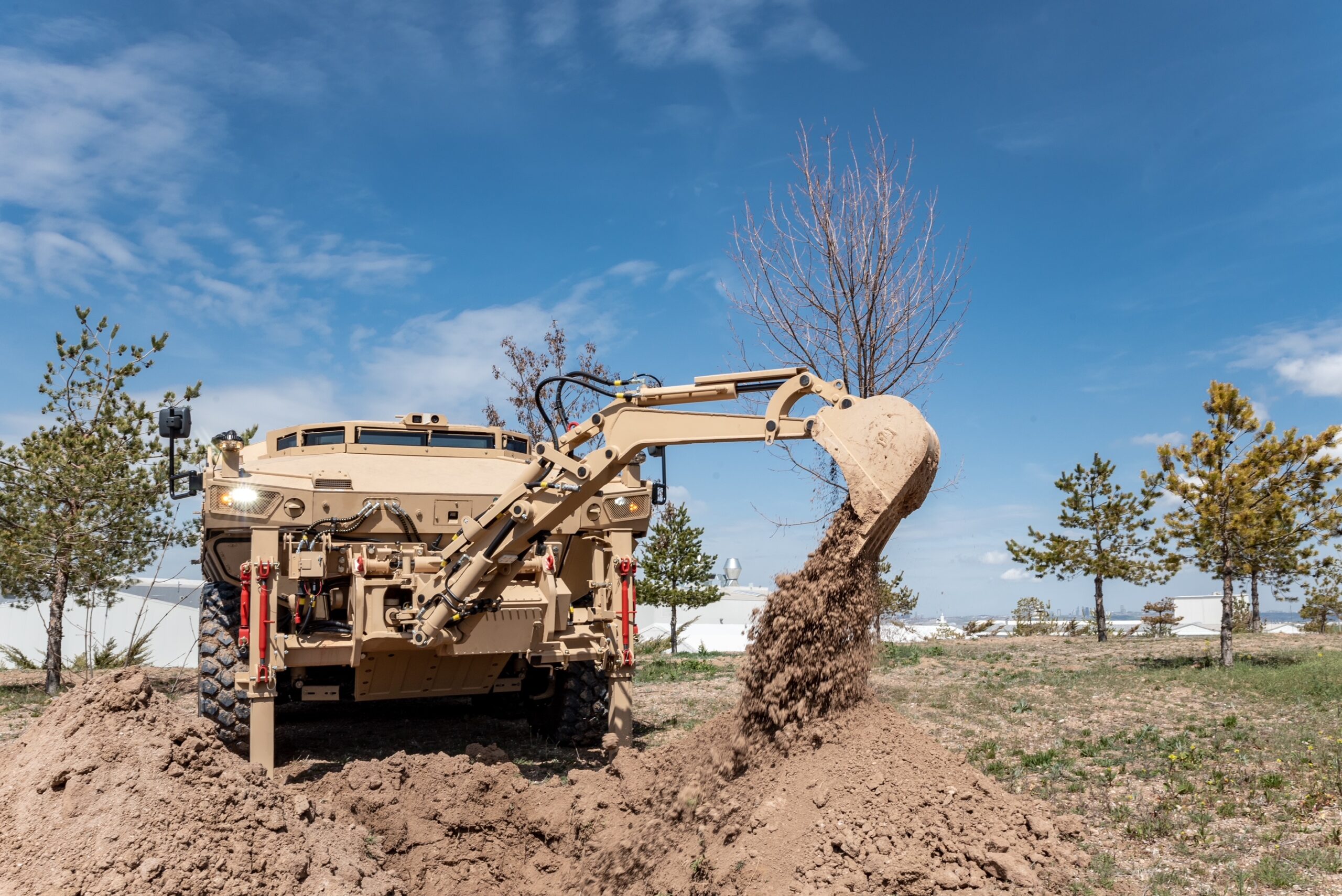For almost four decades, Pearson Engineering has provided armoured engineering vehicles with the capability they need to create and defeat obstacles in the most challenging environments. Proven across light, medium, and heavy weight vehicles around the world, Pearson Engineering’s products are designed to be rapidly interchangeable on the host vehicle, supporting a scalable and modular approach to adapt to the needs of the mission.
A Pearson Engineering Vehicle Integration Kit acts as an interface between the vehicle and a wide range of Front-End Equipment. Products to breach minefields, clear explosive ordnance, protect against explosive devices, move and create obstacles and gross gaps can then be deployed in diverse operational scenarios.
The approach creates a highly adaptable, modular, and scalable capability, providing options for Commanders to rapidly mobilise the equipment they need at any given time, using the same vehicle fleet. Not only does this reduce logistical burden and the need to operate many different types of dedicated vehicles, but it also provides an important tactical advantage with the ability to rapidly re-configure assets whenever and wherever it is needed.
With experience in working with global vehicle Original Equipment Manufacturers, Pearson Engineering is expert in the delivery of mine ploughs, scatterable mine clearance devices, route proving and clearance rollers, combat dozer blades, earth anchors, excavators, recovery equipment and products to launch assault bridging from under armour.

In recent year’s Pearson Engineering has evolved its approach, adapting its integration method to enable combat vehicles to integrate such equipment too, providing a level of independent manoeuvre in disparate and constrained environments. The benefits are clear, leaving specialised combat engineering assets to concentrate on dedicated tasks, whilst ensuring that combat vehicles can defeat and create obstacles that they are likely to encounter without breaking pace.
This approach has been further developed in recent years with the introduction of combat engineering equipment for robotic combat vehicles. RCV-Pioneer, a new innovation from Pearson Engineering, can be configured with dedicated modular mission packs to support mobility, counter-mobility, and survivability for uncrewed vehicles. Whilst it remains to be seen how such uncrewed vehicles will be used across the battlefield, it is clear that they will encounter the wide range of natural and deliberately emplaced obstacles that are found in conflict.

With an understanding that intelligent, networked communications are key to mission success, Pearson Engineering has also introduced Threat-Sense with the capability to detect, identify and characterise explosive ordnance, and to alert operators to the presence of threats on an intended route. Continuing Pearson Engineering’s highly adaptable and modular approach to all equipment, Threat-Sense can be integrated with vehicles and drones, and it has been taught in simulated environments to support re-training when threats evolve.

To find out more about Pearson Engineering’s approach to enabling Main Battle Tanks and other Combat Vehicles, please visit www.pearson-eng.com.













